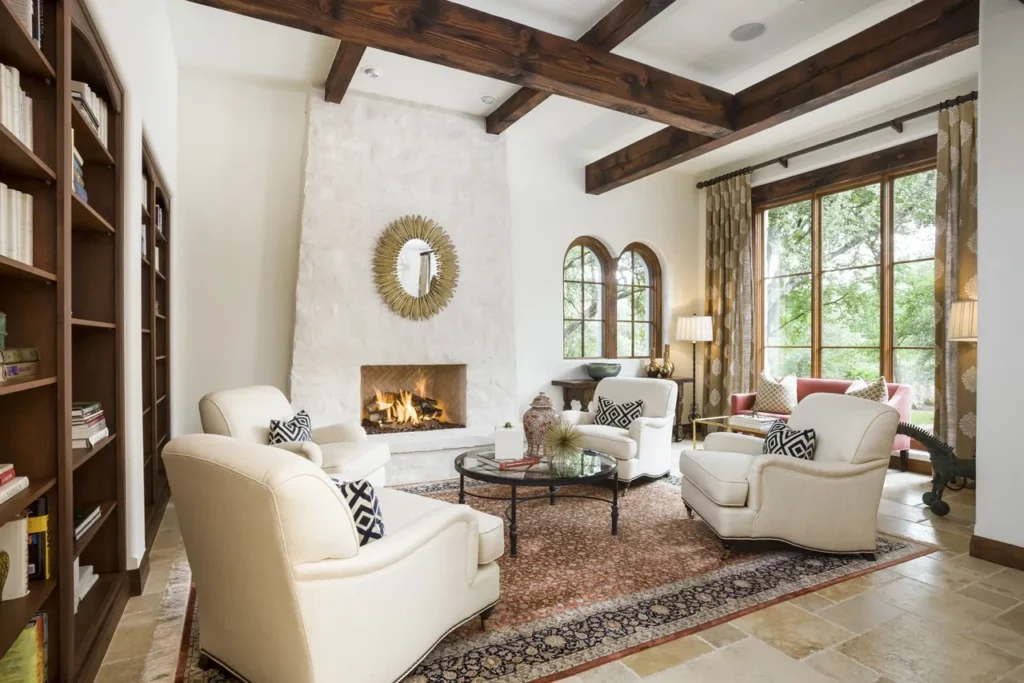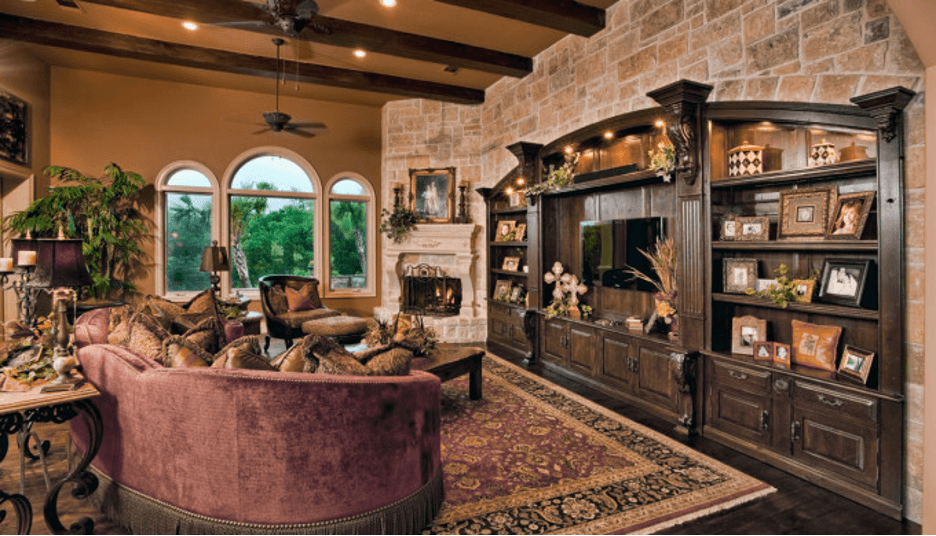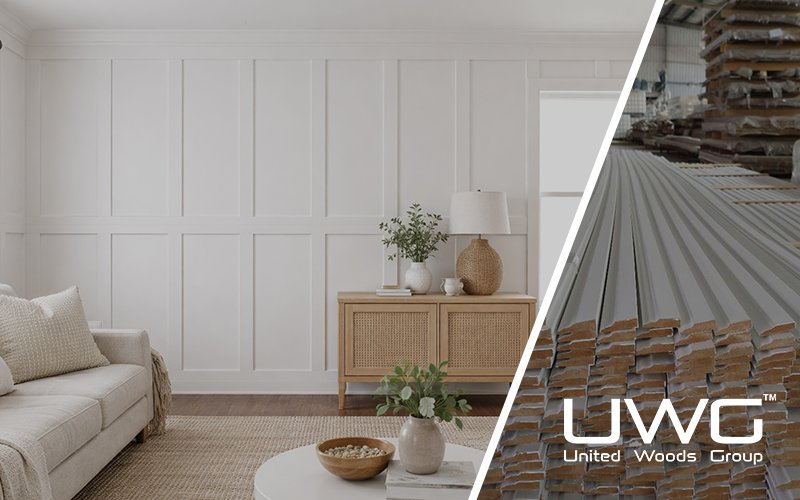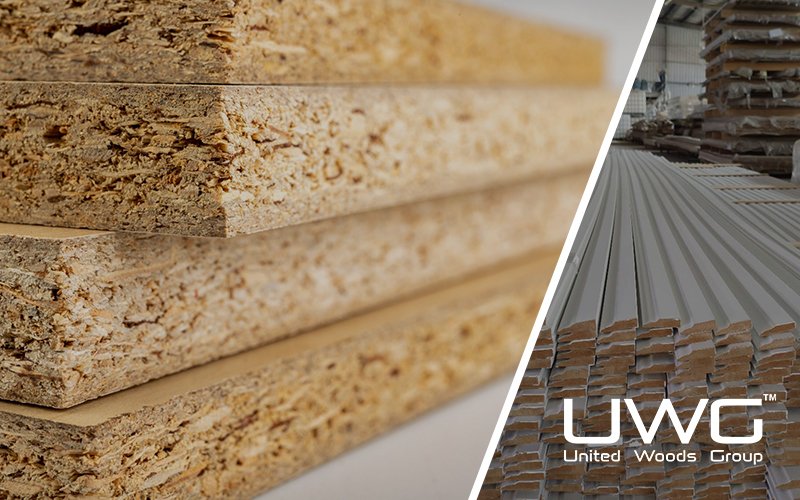Creating a classic American interior can be tricky if your colors don’t match. Among all elements, the harmony between doors, walls, and flooring has the greatest impact. Mismatched doors, walls, and flooring can break the charm. The good news? With the right color strategy, you can bring harmony and timeless elegance to any space. When thoughtfully matched, these three surfaces can define the style, depth, and warmth of a room. This guide explores how to coordinate them effectively to capture the essence of classic American style.
American home design is known for its warm, welcoming atmosphere, where classic elegance meets natural simplicity. Characterized by rich wood textures, timeless silhouettes, and a cozy, lived-in feel, this style brings comfort and character into every room. To match doors, walls, and flooring in classic American interiors, use a cohesive palette: warm wood tones for floors, neutral or white walls, and doors that either contrast or complement flooring. Apply the 60-30-10 color rule—60% base (walls), 30% secondary (floors), and 10% accent (doors or trim)—for visual balance.

The Core of Classic American Style
Classic American interiors embrace timeless simplicity and comfort. Think oak flooring, creamy walls, solid doors, crown molding, and symmetrical layouts. This style favors natural materials, warm neutral tones, and a balance between tradition and functionality. To achieve a truly classic feel, the space must reflect a sense of cohesion and depth. This means coordinating tones across the room while introducing just enough contrast to add visual interest and layered harmony.
Popular choices include:
- Hardwood flooring in walnut, oak, or cherry
- Walls in whites, soft grays, or beige
- Paneled or shaker-style doors in wood or painted finishes
The goal? Make the space feel lived-in yet polished.
How to Match Doors, Walls, and Flooring
1. Basic Principles of Three-Color Coordination (Door + Wall + Flooring)
- Same color family: e.g., light walnut flooring + white walls + light walnut doors.
- Contrast in tones: e.g., dark doors + light walls + neutral-tone flooring.
- Neutral wall as a transition: gray or off-white walls help balance bold or rich tones.
2. Recommended Classic Combinations
- White doors + light gray walls + dark walnut flooring: A fresh, modern look with depth and contrast.
- Dark brown doors + cream walls + gray oak flooring: Traditional American luxury style.
- Wood grain doors + white walls + wood grain floors (same tone, varied depth): A natural, rustic farmhouse vibe.
- Black doors + white walls + light wood flooring: Contemporary New American elegance with a touch of luxury.
3. Material and Color Matching Tips
- For wooden doors and floors, pay attention to grain direction—either align for consistency or create visual rhythm through contrast.
- Molded and painted doors pair best with clean, minimalist wall colors.
- Doors with metal inlays or glass accents work well in modern-style interiors, adding sophistication and lightness.
Tip: Match doors to your baseboards or trim for an intentional design flow.

Tips for Choosing the Right Color Scheme
Choosing a color palette is more than picking favorite shades. Here’s what to consider:
- Consider lighting: In well-lit spaces, darker doors can add depth and character. In low-light areas, lighter tones help brighten the space.
- Space size matters: For smaller rooms, light colors can create a more open and spacious visual effect.
- Differentiate by function: t’s okay to use slightly different tones for the kitchen, bedroom, and living room—as long as they stay harmonious.
- Maintain a consistent style: For areas on the same floor or within the same visual line of sight, using a unified color palette helps create a seamless and cohesive look.
When in doubt, stick with timeless combinations: oak + ivory + matte black accents, or mahogany + greige + antique brass.

FAQ: Color Matching Questions Answered
1. What is the 3 Color Rule in Interior Design?
The 60-30-10 rule helps create visual harmony:
- 60%: Dominant color (walls or floor)
- 30%: Secondary color (furniture or doors)
- 10%: Accent color (decor, trim, or accessories)
This rule is a foundational principle in all 7 types of interior design, including traditional and industrial styles.
2. Should Interior Doors Match the Floor?
They can, but they don’t have to. Matching doors and floors (especially wood-on-wood) creates a cohesive look. But contrasting the door color (like painting it black or navy) adds character—especially in classic interior design styles where detail matters.
3. Should Flooring Be Lighter or Darker Than Walls?
It depends on the mood you want:
- Dark floors + light walls: cozy, grounded, traditional
- Light floors + dark walls: dramatic, bold, modern
Balance is key. Too many dark elements can make the room feel small; too much light can feel sterile.

Which Classic Interior Design Styles Work Best With This Color Guide?
This color guide isn’t just about picking pretty shades—it’s a strategic tool that complements some of the most timeless interior design styles. Here’s how it aligns with three popular aesthetics:
- Traditional (Emphasizing balance, rich textures, and timeless materials, traditional interiors pair beautifully with warm, natural tones like walnut, cream, and soft white. )
- Industrial (Known for its raw edges, exposed structures, and utilitarian charm, the industrial style benefits from strong contrasts. Think black or deep charcoal doors, gray or off-white walls, and reclaimed-looking wood floors.)
- Modern farmhouse (A cozy mix of rustic charm and clean lines, modern farmhouse design thrives on a soft, welcoming palette. White or shaker-style doors, light or gray-washed wood floors, and neutral walls like warm beige or greige create a layered but cohesive space.)
Summary
Choosing the right color combo isn’t just visual—it’s emotional. The way your doors, walls, and flooring work together can completely change how a room feels—whether it’s cozy and warm, sleek and modern, or natural and relaxed. When these elements are in harmony, your space doesn’t just look better—it feels right.
This guide is here to help you get started with classic American style pairings, but remember: great design also comes from personal taste and bold choices. Don’t be afraid to try new combinations or play with textures and tones that speak to you.
Have a favorite color combo or a design challenge you’re facing? Share it with us in the comments—we’d love to hear your ideas or help you brainstorm!







